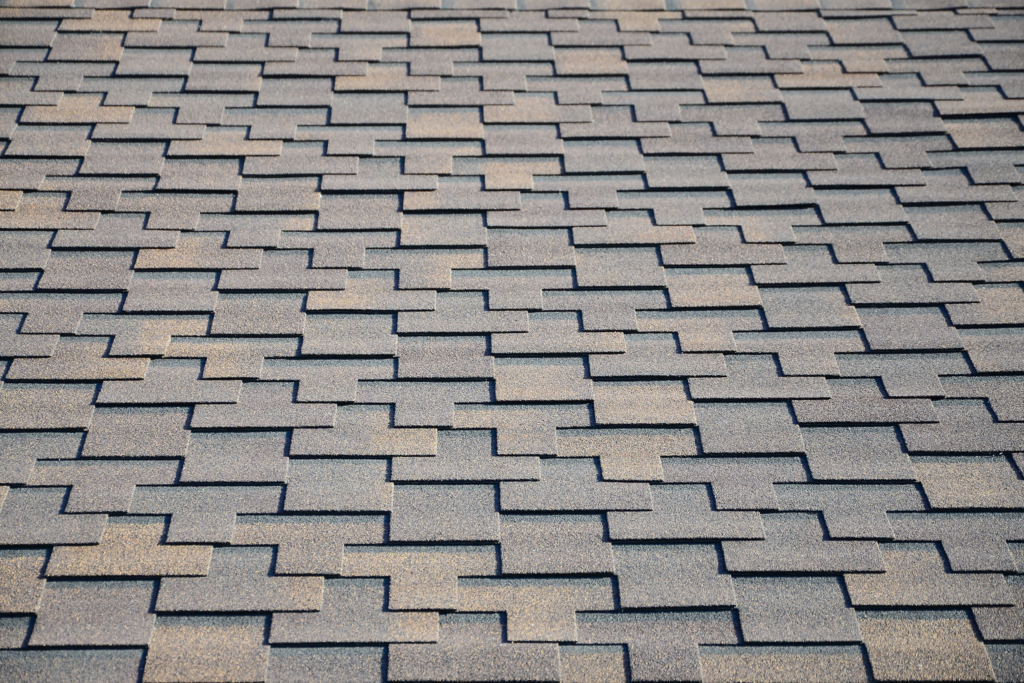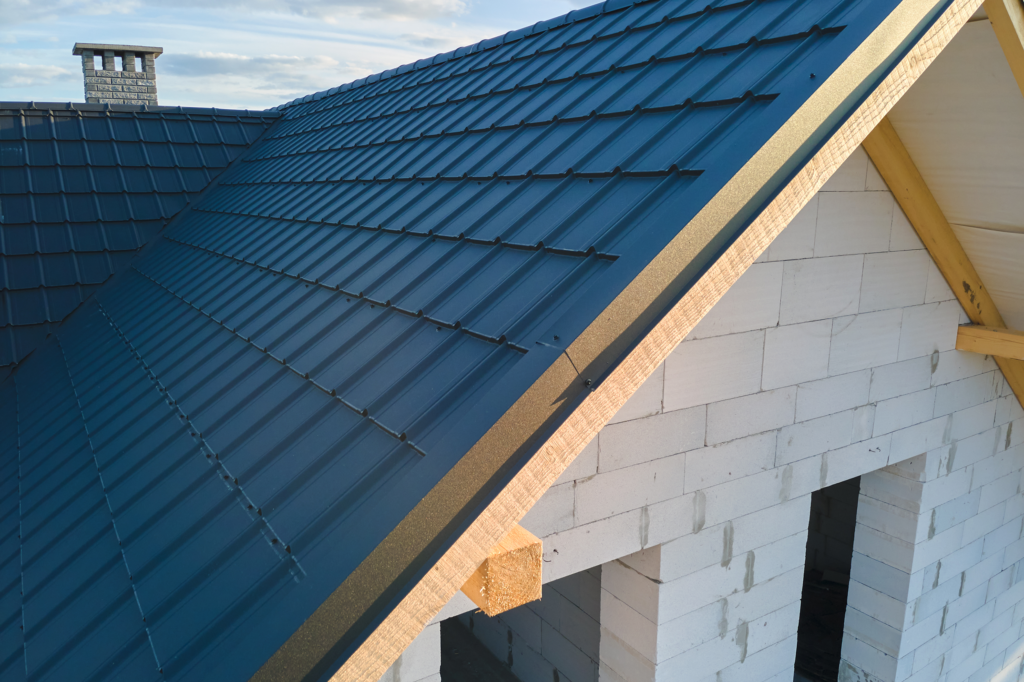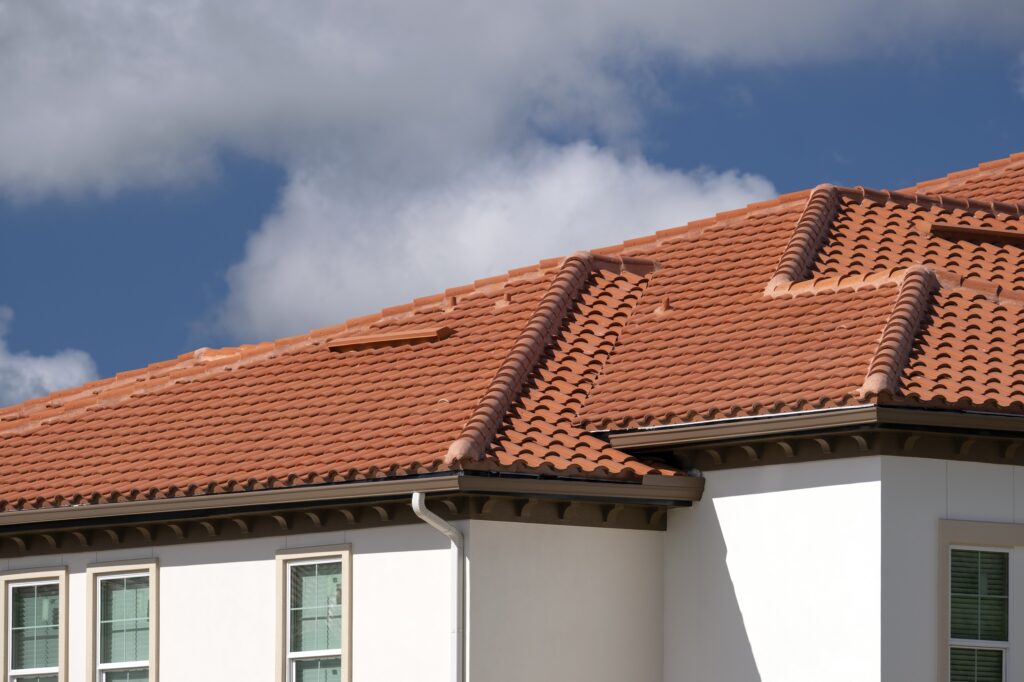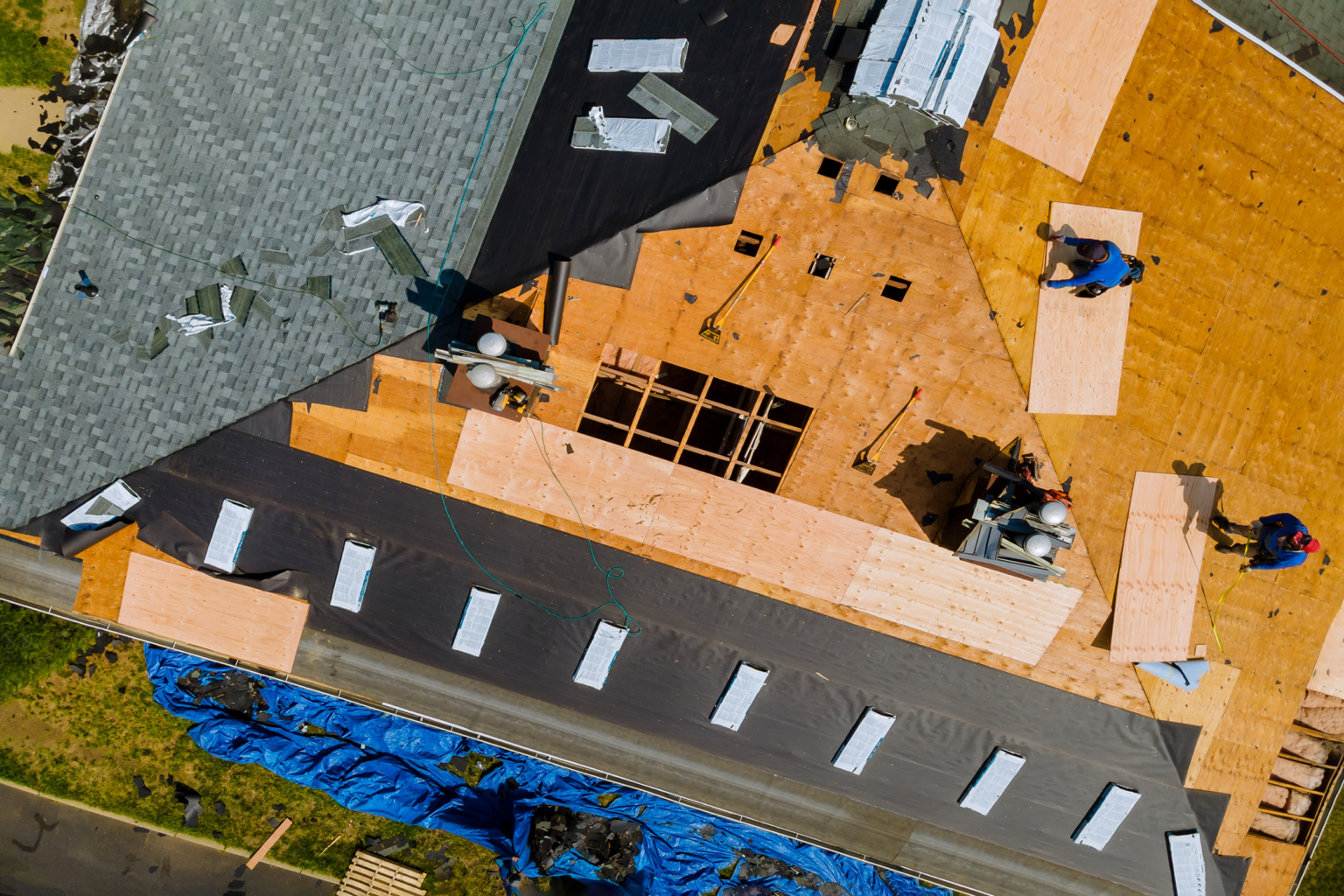Flat Roofing: Ideal for flat roofs, offering excellent water resistance and longevity.
Slate Roofing: A durable and long-lasting option, though more expensive.
Synthetic Composite Shingles: A lightweight, affordable option with extreme durability.
Green Roofing: A sustainable option that involves planting vegetation on the roof.
Roofing
Your Roof is the Protector Of Your Home, Repairing It Prevents Further Damage
EJ2 Construction Group is a leader in roofing serving Bucks and Montgomery Counties in Pennsylvania, as well as Cape May, Burlington, Gloucester, Camden, Atlantic, Mercer, Monmouth and Ocean Counties in New Jersey.
The importance of having a solid, durable roof over your family home cannot be overstated. It serves as a barrier, separating the outside elements from the inside of your home and family, safeguarding you against rain, snow, hail, branches, debris, and more. A poorly conditioned or damaged roof may permit water intrusion, resulting in further harm to your personal belongings and the overall structure. Such issues can swiftly escalate, leading to structural damage, mold, and mildew concerns. At EJ2 Construction Group, we have established ourselves as a reputable provider of diverse roofing services.
We work with Hearth Financing to get the ball rolling on your project. So click this Hearth link to see how they can help!
Most Common Roofing Types

Asphalt Shingles
Popularity: The most common and affordable roofing choice in the area and across the US.
Durability: Can last 20-30 years with proper maintenance.
Variety: Available in a wide range of colors and styles.
Metal Roofing
Durability: Long-lasting and low-maintenance, ideal for withstanding severe weather conditions.
Materials: Options include aluminum, copper, steel, tin, and zinc.
Styles: Available in a variety of styles, including standing seam panels and designs that mimic other materials.

Start the Process

Tile Roofing
Durability: Known for exceptional durability, fire resistance, and resistance to rot and insects.
Materials: Typically made from clay or concrete.
- Styles: Clay tiles, concrete tiles, metal tile, flat tiles and more.
Other Roofing Options


Roof damage caused by storms is a common concern for homeowners, particularly in areas prone to severe weather conditions. High winds, heavy rain, hail, and even tornadoes can all take a significant toll on the integrity of a roof, leading to a variety of potential issues. When a storm strikes, it can cause shingles to loosen or tear off completely, expose the underlying structure to water damage, and sometimes result in structural damage to the roof itself. In extreme cases, the weight of snow or hail can cause sections of the roof to cave in or suffer other forms of destruction.
One of the most common types of roof damage during a storm is from wind. Strong gusts can lift or tear shingles off, leaving the underlying roofing materials exposed to the elements. This can lead to leaks and water damage inside the home, especially when rain follows the storm. Hail is another major contributor to roof damage, as it can create dents, cracks, or punctures in roofing materials, compromising their ability to protect the home. Even small hailstones can damage softer roofing materials, while larger ones can crack or break shingles, resulting in long-term issues if not promptly repaired.
After a storm, it’s essential for homeowners to inspect their roofs for signs of damage. Missing shingles, dents, or water stains on ceilings inside the home can all indicate that the roof has been compromised. Professional roofers can assess the damage, identify potential areas for leaks, and provide the necessary repairs to restore the roof’s protective capabilities. Timely repairs are crucial, as delaying them can lead to more severe damage, including structural issues or mold growth inside the home due to water intrusion. Regular roof maintenance and inspections can also help minimize the risk of storm damage and ensure that your roof remains strong enough to withstand harsh weather.
